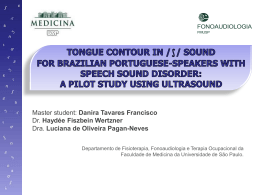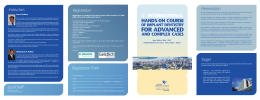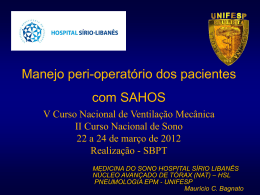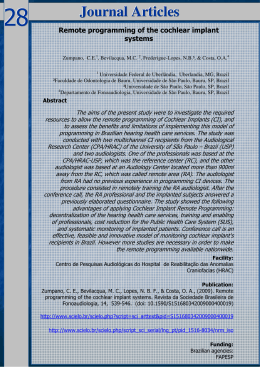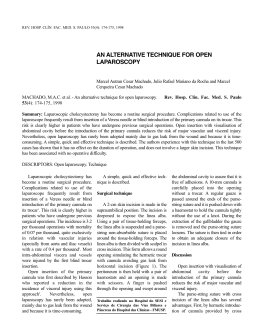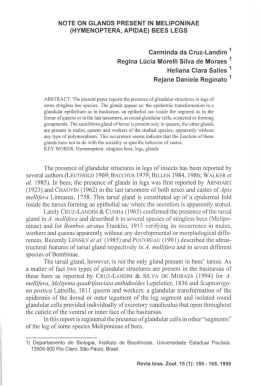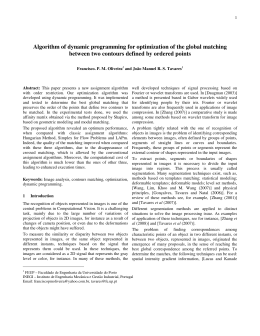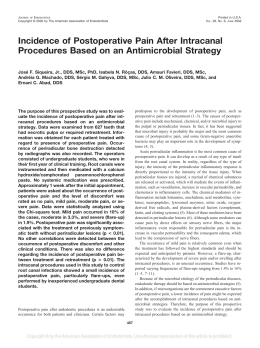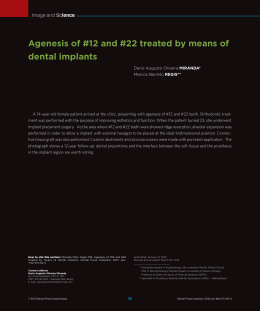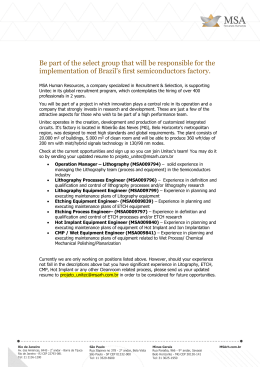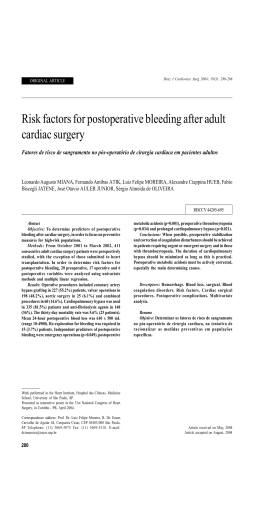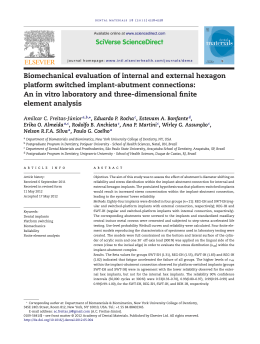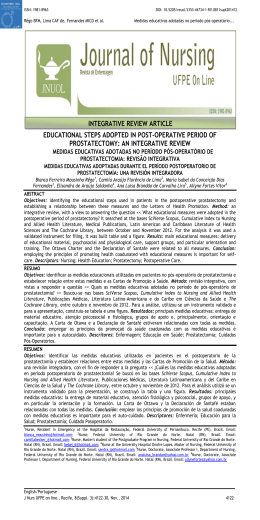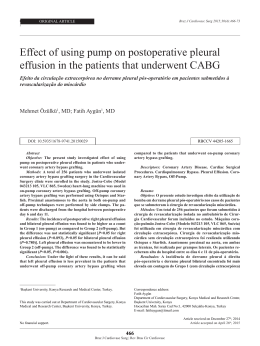Upper eyelid contour analysis after posterior insertion of gold weight Filipe Pereira, Antonio Augusto V. Cruz, Patricia Akaishi Introduction Results Upper lid loading is a common method to provide gravity-assisted closure in paralytic lagophthalmos. This procedure was described by Illig in 19581 and became popular during the seventies following Smellie´s publication in 19662. Several techniques have been described since then. The majority are external approaches with tarsal or supratarsal fixation of the weight. The purpose of this study is to describe the posterior insertion of gold weight 3 and analyze the long-term effect of the surgery on eyelid contour. There was no case of implant extrusion. Nine (45%) contours were normal (parabolic shape)(Figure 5A). Contour anomalies were detected in 11 (55%) patients: 7 (35%) had a flat contour (Figure 5B) and 4(20%) showed temporal ptosis (Figure 5C) due to lateral placement of the implant. Flat contours were significantly associated with ptosis (midpupil lid distance < 2.5 mm, Fisher test p= 0.017). Mann-Whitney test showed that the postoperative time of the lids with flat contour (median = 53 months) were significantly greater than those with normal shape (median = 2 months). Methods 20 15 Twelve men and 8 women underwent surgery. The procedure was unilateral in all cases. The mean age at time of surgery was 54 years (range of 10 17-73 years). The etiology of facial nerve palsy cerebral tumor excision (n = 9), Bell’s palsy (n = 5), stroke, congenital, facial trauma, 5 20 20 15 15 10 10 5 5 0 0 0 neurotoxoplasmosis and parotidectomy in 1 patient each. The gold weight used varied between 1.0 and 1.2 g. The mean follow-up was 20 months (range of 6 days to 85 months). Surgical technique: Local anesthesia with lidocaine plus epinephrine 1:200.000 was employed in all procedures. The tarsal conjunctiva was 0 0 5 10 15 5 10 15 20 0 5 10 15 20 A B C Figure5. A. Normal contour (4mo postoperative); B. Flat contour (59mo postoperative);C.Temporal ptosis (84mo postoperative). *vertical line shows the pupil center location exposed with a traction suture placed on the lid margin. A small vertical tarsal incision was performed on the lateral aspect of the lid (Figure 1). Blunt dissection with Westcott scissors was carried down medially and laterally between the tarsal plate and orbicularis muscle in order to create a pocket wide enough to fit the implant (Figure 2). The weight was then inserted over the tarsal plate without tarsal sutures (Figure 3). Tarsal incision was closed with a single buried 7-0 absorbable suture (Figure 4). We analyzed the postoperative midpupil-upper lid margin distance and all contours of the operated lids with the Image J software. Lid contours were extracted by fitting a 4-degree polynomial function to the X and Y coordinates of a series of points placed on the lid margin. Conclusion Conjunctival approach to gold weight lid loading is an alternative option that it is easy to perform and requires no tarsal fixation of the weight. The most common contour abnormality was flattening of the central portion of the lid which was associated with ptosis which occurred on patients with long-term postoperative time. The main advantage of the posterior insertion of gold weight is the maintenance of the anterior lamella integrity which in our opinion diminishes the rate of implant extrusion References 1. Illig KM. [A new method of lagophthalmos surgery]. Klin Monbl Augenheilkd Augenarztl Fortbild. 1958;132(3):410-1. [Article in German] Figure1 – Vertical tarsal incision on the lateral aspect of the lid. Figure2 – Blunt dissection with scissors was carried down medially and laterally between the tarsal plate and orbicularis muscle Figure3 – The weight was then inserted Figure4 –Incision was closed with a single buried 7-0 absorbable suture over the tarsal plate without tarsal sutures 2. Smellie GD. Restoration of the blinking reflex in facial palsy by a simple lid-load operation. Br J Plast Surg. 1966 Jul;19(3):279-83. 3- Pereira FJ, Eing F, Marquardt FA, Cavalheiro R, Cruz AA. Posterior approach to gold weight implant. Arq Bras Oftalmol. 2008 Sep-Oct;71(5):701-5 20 25
Download
